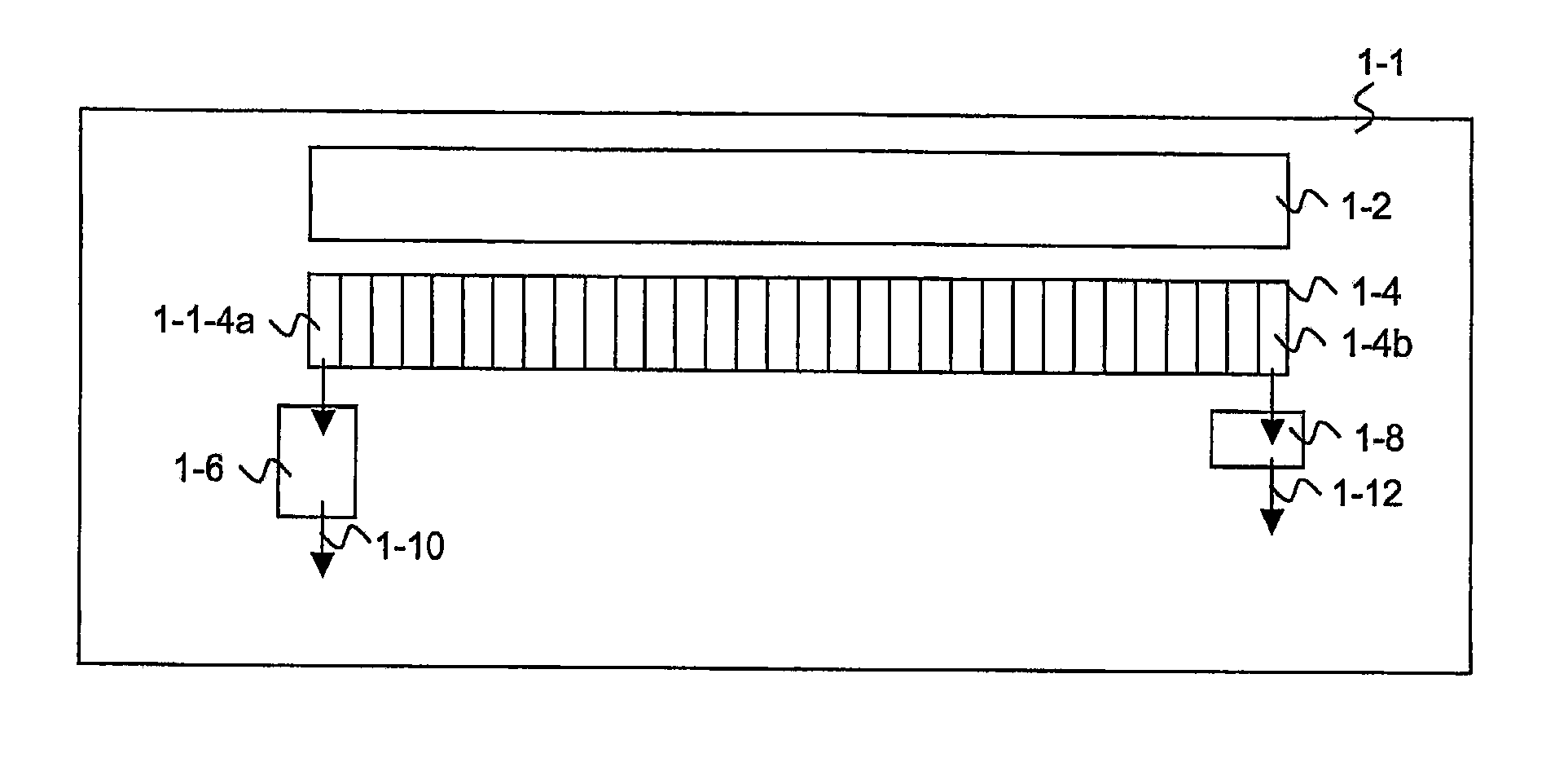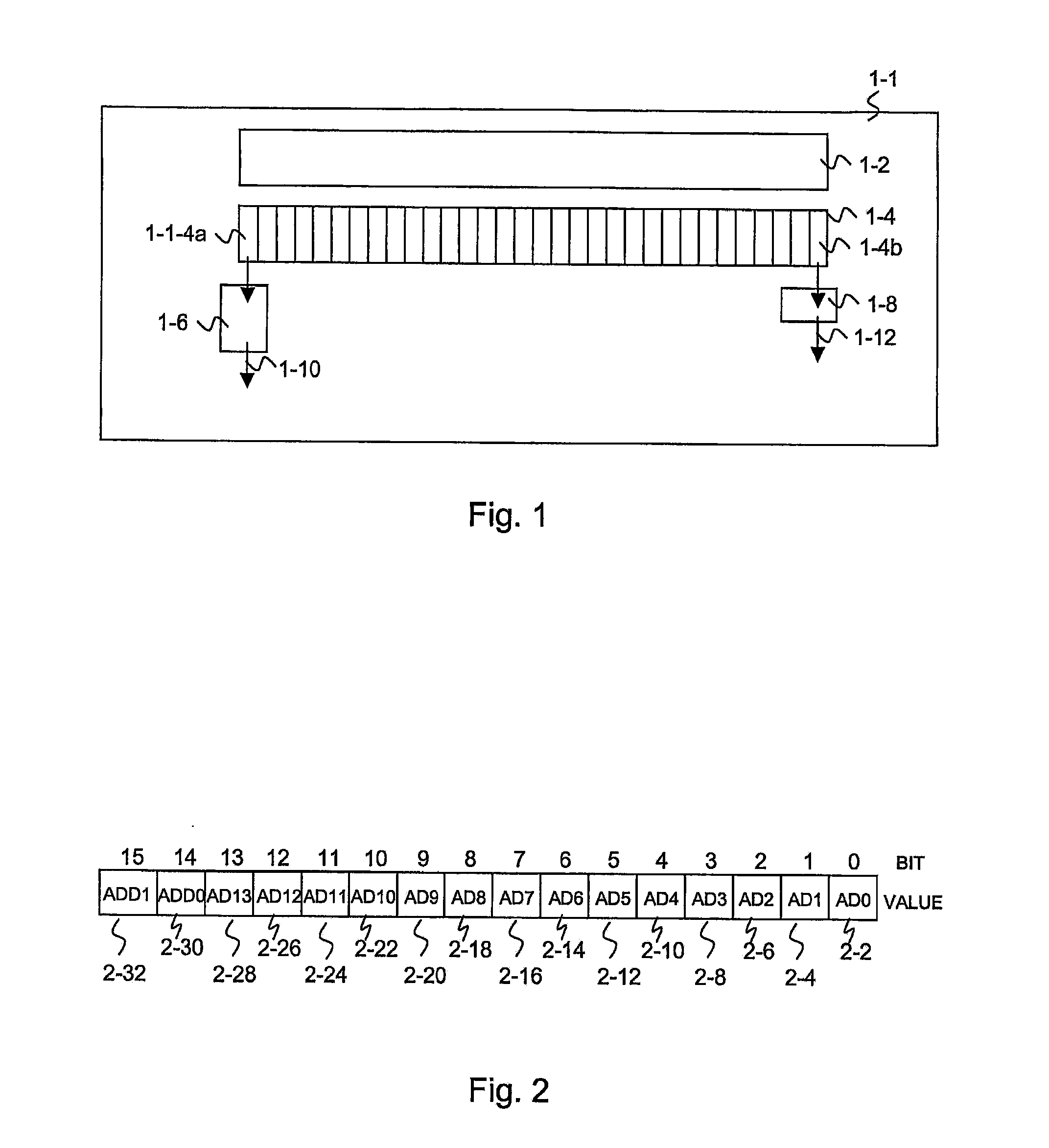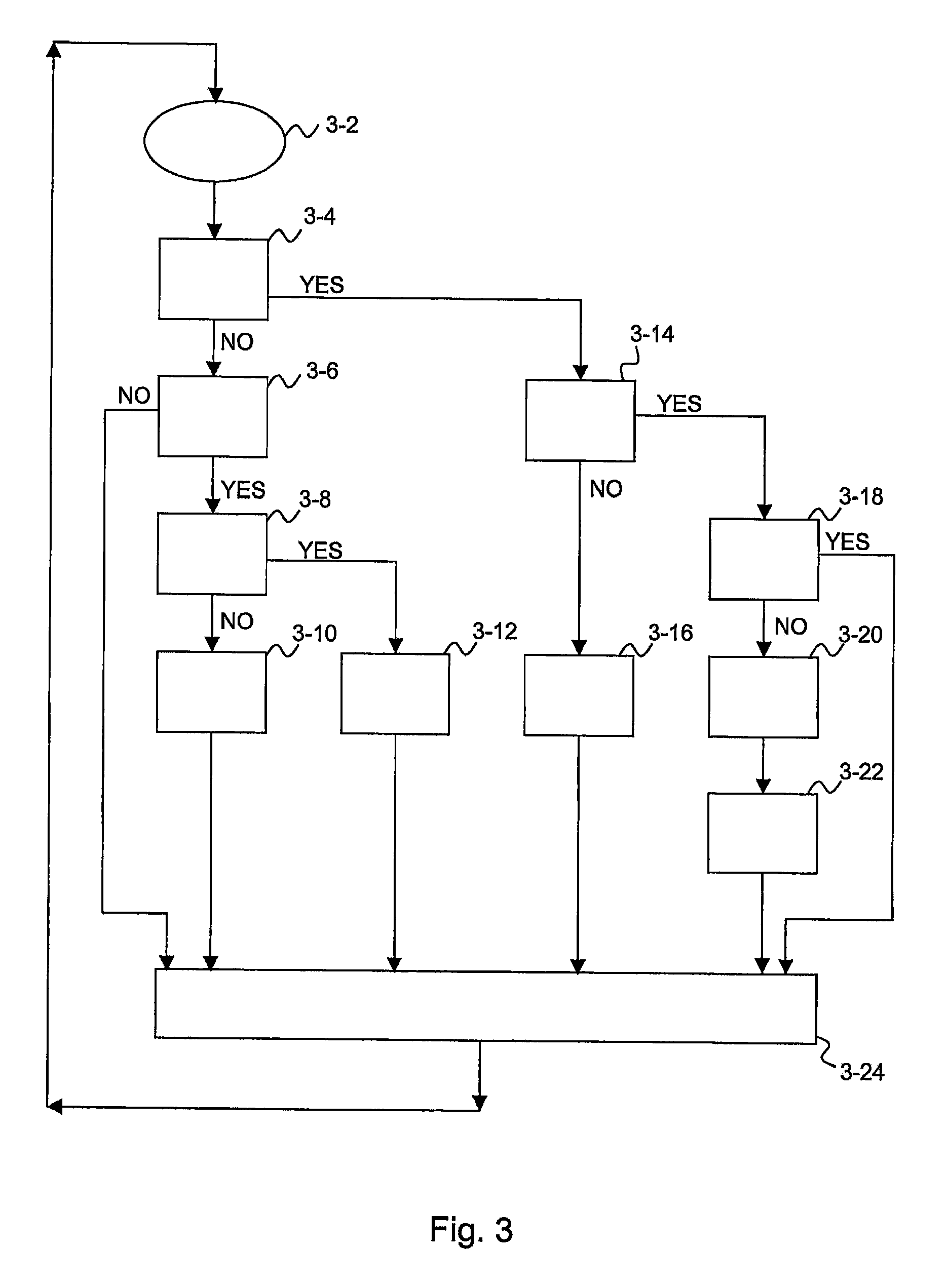CCD Sensor And Method For Expanding Dynamic Range Of CCD Sensor
- Summary
- Abstract
- Description
- Claims
- Application Information
AI Technical Summary
Benefits of technology
Problems solved by technology
Method used
Image
Examples
Embodiment Construction
[0021] In the following, the invention and its preferred embodiments will be described by way of example with reference to a typical CCD sensor (manufactured e.g. by Atmel, Thomson) and charge capacity specifications optimized by also considering an automatic gain control function (AGC, Automatic Gain Control). The sensor may have e.g. the following properties:
[0022] Saturation charge of a separate single pixel (size: 33 μm×33 μm): 600.000 electrons.
[0023] Saturation charge of read-out register: [0024] a. 1.800.000 electrons.
[0025] Saturation charge of output amplifier A: [0026] a. 2.400.000 electrons.
[0027] Saturation charge of output amplifier B: [0028] a. 4.800.000 electrons.
[0029] When the sensor is operated in the horizontal direction (TDI direction, Time Delay Integration), with 3×3 binning the read-out register can hold a 100% signal of 3 successive pixels (3×600K=1800K, K=Kilo=1000). With 4×4 binning, four horizontal pixels charged to 75% of their capacity (1800K / 4 / 600*...
PUM
 Login to View More
Login to View More Abstract
Description
Claims
Application Information
 Login to View More
Login to View More - R&D
- Intellectual Property
- Life Sciences
- Materials
- Tech Scout
- Unparalleled Data Quality
- Higher Quality Content
- 60% Fewer Hallucinations
Browse by: Latest US Patents, China's latest patents, Technical Efficacy Thesaurus, Application Domain, Technology Topic, Popular Technical Reports.
© 2025 PatSnap. All rights reserved.Legal|Privacy policy|Modern Slavery Act Transparency Statement|Sitemap|About US| Contact US: help@patsnap.com



